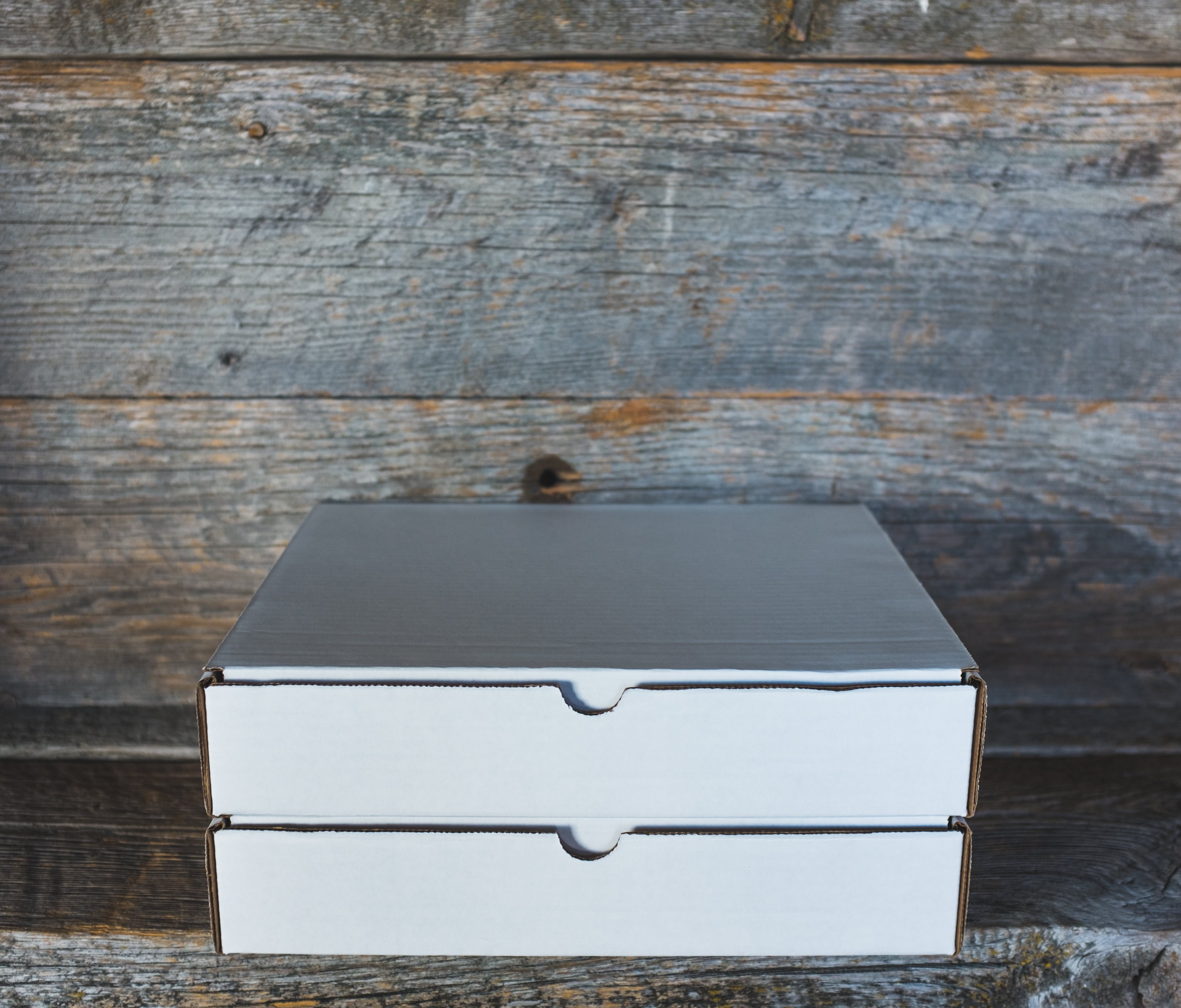Forecasting is the process of estimating your business’s future expenses and revenue growth. Without solid forecasting, your business could be on shaky ground now or later. However, it can be tricky to forecast your finances accurately when starting out.
This holds true especially for subscription boxes, where you must plan ahead monthly to avoid excess (or lack of) inventory. Because you need to order a specific number of boxes — and source high-quality products to fill those boxes — each month, it’s especially important that you be able to forecast your subscriber count going forward.
Read more: See how Ting Ting Jiang forecasts for Therabox with Cratejoy’s features
Factors to Consider When Forecasting

For subscription boxes, you have to forecast not only your future profits but how much inventory you’ll need. Since your business is based on recurring orders, having an accurate picture of how much packaging and product you should order — now and in the immediate future — will help procurement and fulfillment go smoothly.
The good news is that the subscription business model, built on recurring revenue, gives you a steady baseline for calculating future profits. On the other hand, there’s a small risk that some subscribers could tire of your product offering. So the main factors you want to keep in mind when forecasting are your churn rate, retention rate, and box pricing.
Learn more: Check out Cratejoy’s free guide for reducing subscriber churn
Until a few months have passed after launch, you may not have a clear sense of customer churn or retention. However, it’s still possible to forecast with limited data if you know the necessary information for a similar subscription box in your niche.
Keep in mind that the price of your box can play a big role in determining whether customers will churn or stay on. Moreover, the different billing cycles you offer (month-to-month vs. prepaid multi-month subscriptions) will affect this, as will different subscription levels (such as offering a “mini” box). In turn, that financial flexibility will affect your forecasting.
When you try to forecast your profits and necessary inventory, it’s good to keep these factors in mind. That being said, we have four strategies you might try to forecast accurately and avoid excess inventory.
Strategy #1: Winging It
![]()
This is the most flexible option you have for forecasting. If you wait to order products or packaging until you’re fairly close to your box’s monthly ship date, you can develop a much more accurate forecast for the next month or two. At the same time, however, you run the risk of orders being fulfilled – or delivered – a bit late that month. If you are concerned about punctuality, this may not be the strategy for you.
Strategy #2: Upping Each Month

With this strategy, you plan out how many boxes you’ll fulfill that month before placing orders with your vendors. Each month, you increase the box orders a little to account for growth. (For example, in January you order X-number of boxes, then in February, X+10 boxes, then X+20 in March.) This makes you less flexible in terms of inventory. However, you’re much more secure in terms of box delivery; there’s no risk of late fulfillment or shipping.
Strategy #3: Create “First Month” Boxes

An unspoken “rule” of subscription boxes is to organize monthly boxes around a theme. This strategy bucks the trend by building the same set of products into every new subscriber’s first box, regardless of what time of year the subscriber signs up. You decide on a collection of products that best represents the value proposition of your box, then use that collection to introduce each new customer to your subscription.
This strategy allows you to roll over inventory for new subscribers, thereby avoiding any loss. Importantly, it gives you time to forecast inventory for the next month, as renewals process a few weeks before shipping. You can phase the new subscriber into your regularly themed box schedule in their second month. This provides you nearly three weeks to source products and order inventory for future boxes.
Strategy #4: One-Time Sales

Cratejoy’s engine for one-time purchases allows you to sell past subscription boxes as standalone products, regardless of a customer’s subscription status. This means you can offload excess stock and offer a fun, easy way for prospective customers to try out your subscription before committing. Think of it like selling sample boxes. If that box inspires them to subscribe, awesome! If not, you’ve still made some profit on your COGS and freed up some inventory.
Remember, though, that this is only an option for your Cratejoy (or external) storefront. The Cratejoy Marketplace is only set up for subscription products, not one-time sales.
If you choose to go this route, consider how you would price these past boxes. Should you discount these boxes, and how much? What is the value proposition to consumers buying single boxes, as opposed to your value proposition for the subscription?
Forecasting for the Future
Whichever strategy you go with depends on your needs as an individual business. It may be worth focusing on only one of these strategies or incorporating multiple — like #3 and #4 — depending on your business model’s flexibility. With these tips, however, you’ll find your way to a steady forecast soon.



